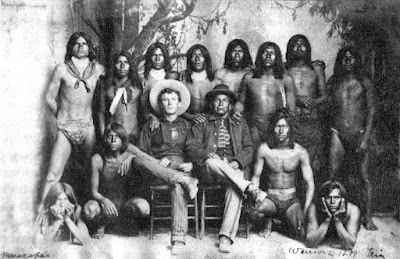The importance of Goodyear to the history of Phoenix

When Sands Chevrolet put Goodyear tires on my car last year, I was pleased. No, I'm no expert on tires, but I do have a fascination with Phoenix history, and Goodyear has been very important. And it all started with cotton for tires. If you're a Phoenix history fan, you know that there were two communities centered around growing cotton for the Goodyear company, one south of Chandler and one in the west valley. The one in the west valley is still called Goodyear. 1918 Although cotton is nowadays mostly used for T-shirts, etc., there was a time when it was critical for the making of tires. And not just any cotton, long staple cotton. And when cars were becoming popular, they burned through a LOT of tires all of the time. And tires were very expensive, not only for the rubber they required, but for the special cotton that was necessary, that had to imported from the Middle East (Egyptian Cotton). And so the Goodyear company wanted to see if it could grow its own cot...

























